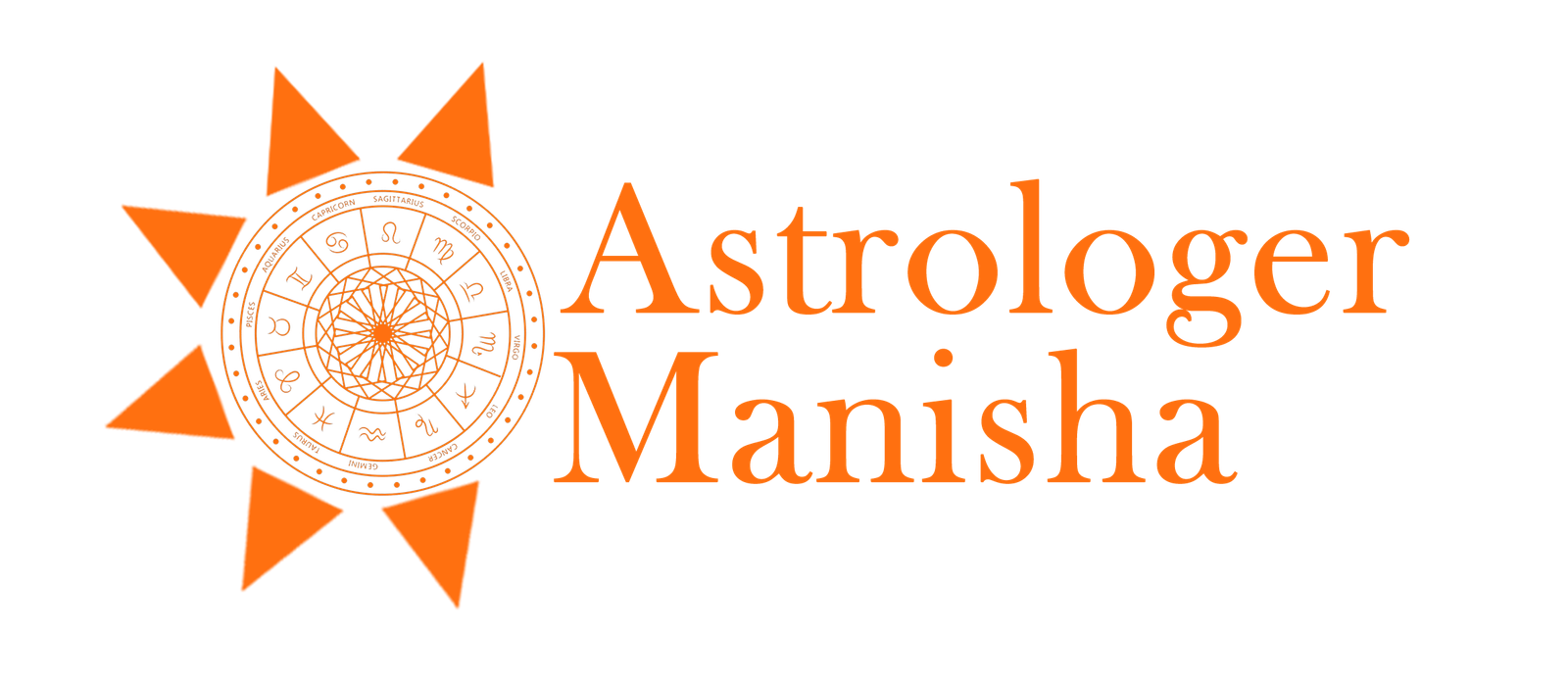
It is said that Palmistry has migrated from India to other countries like Greece, Egypt, Persia and Syria in ancient times. Samudra, the deity of the Seas has first given this knowledge to the world, hence this is called ‘Samudrika’. Sages like Narada, Valmiki, Garga, Bhrigu, Prahlada and Astrologers like Varahamihira have done a lot of work in Palmistry. Palmistry was discussed in the great books like ‘Bhavishya Puranam’ and ‘Hasta Sanjeevani’. But somehow Palmistry could not receive proper attention in India in modern times. It is given high regard in Western countries.
It has put me under a necessity of saying something about Palmistry, which is a judgment made of the conditions, inclinations, and fortunes of men and women, from their various lines and characters which Nature has imprinted in the hands” says Aristotle in a paper written by him in 350 B.C. Today Palmistry has completely transformed into a science, because of the extensive research done by the intelligentsia. Palmistry is a science of understanding the Past, Present and Future of a person by the pads and lines of a palm.
Palmistry revives its foundation on the experiments conducted by Desbarrolles and d’Arpentigny in the 19th century. They made a lifetime study of Palmistry by collecting the imprints of Hands of thousands of people and classifying them according to the nature of people and events which occurred in their lives. Then a hypothesis has been developed and verified with the support of further research.
Just like a doctor examines a patient and determines his disease by using clinical equipment, a Palmist can predict in advance the health state of a person by simply observing his hands. Noel Joaquin and Eugene Scheimann have proved this by their research. Mr Edward Kowalewski, a professor at the University of Maryland School of Medicine and former president of the American Academy of Physicians, says: “I try to watch the hands of the patients in my waiting room because they give so many clues, both physical and emotional”.

Palmistry, originally intended for personality assessment and counseling, differs significantly from fortune-telling. Delving into one's emotional inclinations, social attitudes, conscious awareness, and subconscious elements, including fears, strengths, and blockages, Palmistry Specialists analyze the hands and the markings they bear. While contemporary usage tends to focus on predicting an individual's future, palmistry excels in the insightful task of personality assessment.
Rather than making concrete predictions, palmistry recognizes the undeniable mind-body connection. The influence of negative or positive thinking on our well-being is acknowledged. Understanding habitual thought patterns enables individuals to break free from negative cycles of behavior, replacing them with positive alternatives. Palmistry unveils these behavioral patterns, empowering individuals to shape their own destinies.
Viewed as a dynamic process, palmistry sees the lines on the hand as reflections of thinking and behavior patterns. Lines, mounts, and signs change physically as one's thoughts evolve. During a reading, both hands are crucial. The active hand (typically the dominant writing hand) combined with the inactive hand provides insight into the past (passive) and potential future directions (active).
Palmistry encompasses various branches:
-
Chiromancy: Focused on studying the lines within the palm, chiromancy delves into lines formed during fetal development, revealing personality traits and characteristics.
-
Chirognomy: This branch examines the general shape of the hand, finger shapes, and characteristics of fingernails, offering insights into the individual's true personality.
-
Dermatoglyphics: Concentrating on the ridges in fingertip patterns, dermatoglyphics serves diverse purposes, including applications in criminal and forensic sciences, functioning as a personal identification tool.



